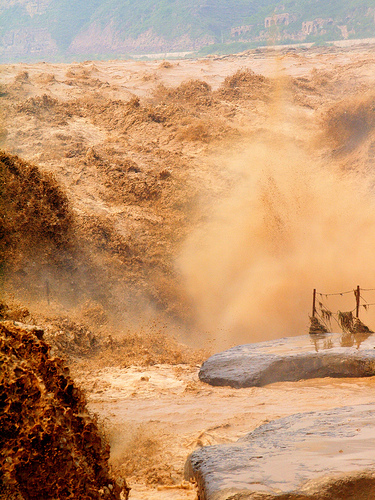Deadliest Disasters
Deadliest Disasters are listed below
1. The Central China Floods

The 1931 Central China floods or the Central China floods of 1931 are a series of floods that occurred during the Nanjing decade in the Republic of China era. It is generally considered the deadliest natural disaster ever recorded, and almost certainly the deadliest of the 20th century (when pandemics are discounted) and in China. The human deaths are estimated from 145,000, to between 3.7 million to 4 million.
2. The Yellow River Floods
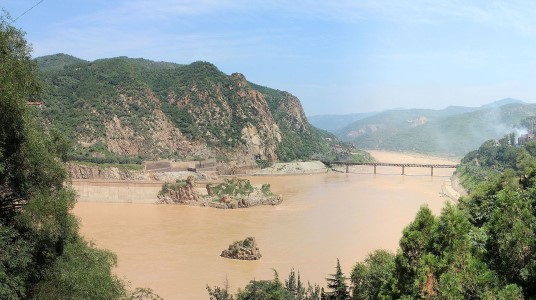
The 1887 Yellow River flood was a devastating flood on the Yellow River (Huang He) in China. This river is prone to flooding due to the elevated nature of the river, running between dykes above the broad plains surrounding it. The flood that began in September 1887 stated the area, killing some 900,000 people. It was one of the deadliest natural disasters ever recorded.
For centuries, the farmers living near the Yellow River had built dikes to contain the rising waters, caused by silt accumulation on the riverbed. In 1887, this rising riverbed, coupled with days of heavy rain, overcame the dikes on around 28th September, causing a massive flood. Since there is no international unit with which to measure a flood’s strength it is usually classified by the extent of the damage done, depth of water left and number of casualties.
The waters of the Yellow River are generally thought to have broken through the dikes in Huayankou, near the city of Zhengzhou in Henan province. Owing to the low-lying plains near the area, the flood spread very quickly throughout Northern China, covering an estimated 50,000 square miles (130,000 km2), swamping agricultural settlements and commercial centers. After the flood, two million were left homeless. The resulting pandemic and lack of basic essentials claimed as many lives as those lost directly by the flood itself. It was one of the worst floods in history, though the later 1931 Yellow River flood may have killed as many as four million.
3. The Shaanxi Earthquake

The 1556 Shaanxi earthquake (Chinese: 华县大地震) or Jiajing earthquake (Chinese: 嘉靖大地震) is the deadliest earthquake on record, killing approximately 830,000 people. It occurred on the morning of 23 January 1556 in Shaanxi, China. More than 97 counties in the provinces of Shaanxi, Shanxi, Henan, Gansu, Hebei, Shandong, Hubei, Hunan, Jiangsu and Anhui were affected. An 840-kilometre (520 mi)-wide area was destroyed, and in some counties 60% of the population was killed. Most of the population in the area at the time lived in Yaodongs, artificial caves in Loess cliffs, many of which collapsed during the catastrophe with great loss of life.
4. The Bhola Cyclone
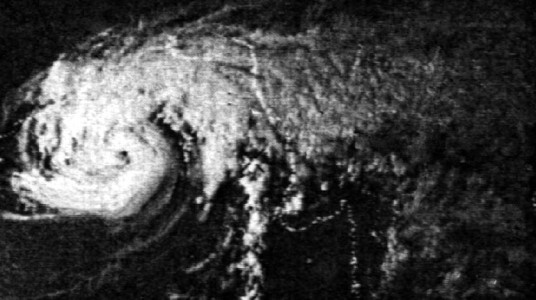
The 1970 Bhola cyclone was a devastating tropical cyclone that struck East Pakistan (now Bangladesh) and India’s West Bengal on November 12, 1970. It was the deadliest tropical cyclone ever recorded, and one of the deadliest natural disasters in modern times.[2] Up to 500,000 people lost their lives in the storm, primarily as a result of the storm surge that flooded much of the low-lying islands of the Ganges Delta. This cyclone was the sixth cyclonic storm of the 1970 North Indian Ocean cyclone season, and also the season’s strongest, reaching a strength equivalent to a strong Category 3 hurricane.
The cyclone formed over the central Bay of Bengal on November 8 and travelled north, intensifying as it did so. It reached its peak with winds of 185 km/h (115 mph) on November 12, and made landfall on the coast of East Pakistan that night. The storm surge devastated many of the offshore islands, wiping out villages and destroying crops throughout the region. In the most severely affected upazila, Tazumuddin, over 45% of the population of 167,000 was killed by the storm.
The Pakistani government led by Junta leader General Yahya Khan was severely criticized for its delayed handling of the relief operations following the storm, both by local political leaders in East Pakistan and in the international media. The opposition Awami League gained a landslide victory in the province, and continuing unrest between East Pakistan and the central government triggered the Bangladesh Liberation War, which concluded with the creation of the country of Bangladesh. This storm would also inspire ex-Beatle George Harrison to organize The Concert for Bangladesh, the prototype benefit concert, to raise money for aid, in 1971.
5. Coringa Cyclone
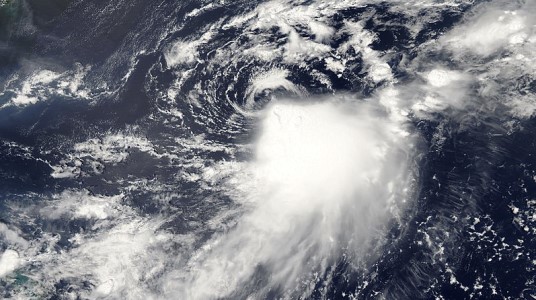
Coringa is a small village situated near the mouth of the Godavari River on the southeastern coast of India. It once was a bustling port city. In 1789, it was brutally hit by a cyclone that left some 20,000 dead. Though devastated, the port city was still able to function. On November 25, 1839, Coringa was slammed by a disastrous cyclone that delivered terrible winds and a giant 12 m (40 ft) storm surge. The port was destroyed (some 20,000 vessels were lost) and 300,000 people were killed. Never fully rebuilt, Coringa today remains a simple village.
6. Indian Ocean Earthquake and Tsunami
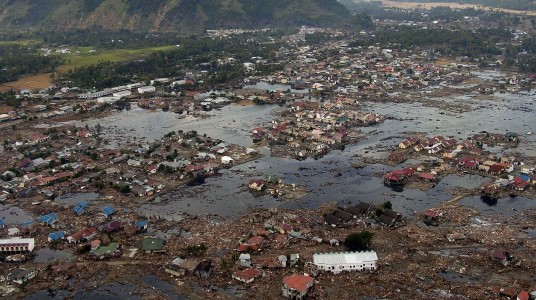
The 2004 Indian Ocean earthquake was an undersea megathrust earthquake that occurred at 00:58:53 UTC on Sunday, December 26, 2004, with an epicentre off the west coast of Sumatra, Indonesia. The quake itself is known by the scientific community as the Sumatra-Andaman earthquake. The resulting tsunami is given various names, including the 2004 Indian Ocean tsunami, South Asian tsunami, Indonesian tsunami, and Boxing Day tsunami.
The earthquake was caused by subduction and triggered a series of devastating tsunamis along the coasts of most landmasses bordering the Indian Ocean, killing over 230,000 people in fourteen countries, and inundating coastal communities with waves up to 30 meters (98 ft) high. It was one of the deadliest natural disasters in recorded history. Indonesia was the hardest-hit country, followed by Sri Lanka, India, and Thailand.
With a magnitude of Mw 9.1–9.3, it is the third largest earthquake ever recorded on a seismograph. The earthquake had the longest duration of faulting ever observed, between 8.3 and 10 minutes. It caused the entire planet to vibrate as much as 1 centimetre (0.4 inches) and triggered other earthquakes as far away as Alaska. Its epicentre was between Simeulue and mainland Indonesia.
The plight of the affected people and countries prompted a worldwide humanitarian response. In all, the worldwide community donated more than $14 billion (2004 U.S. dollars) in humanitarian aid.
7. Antakya (Antioch) Earthquake
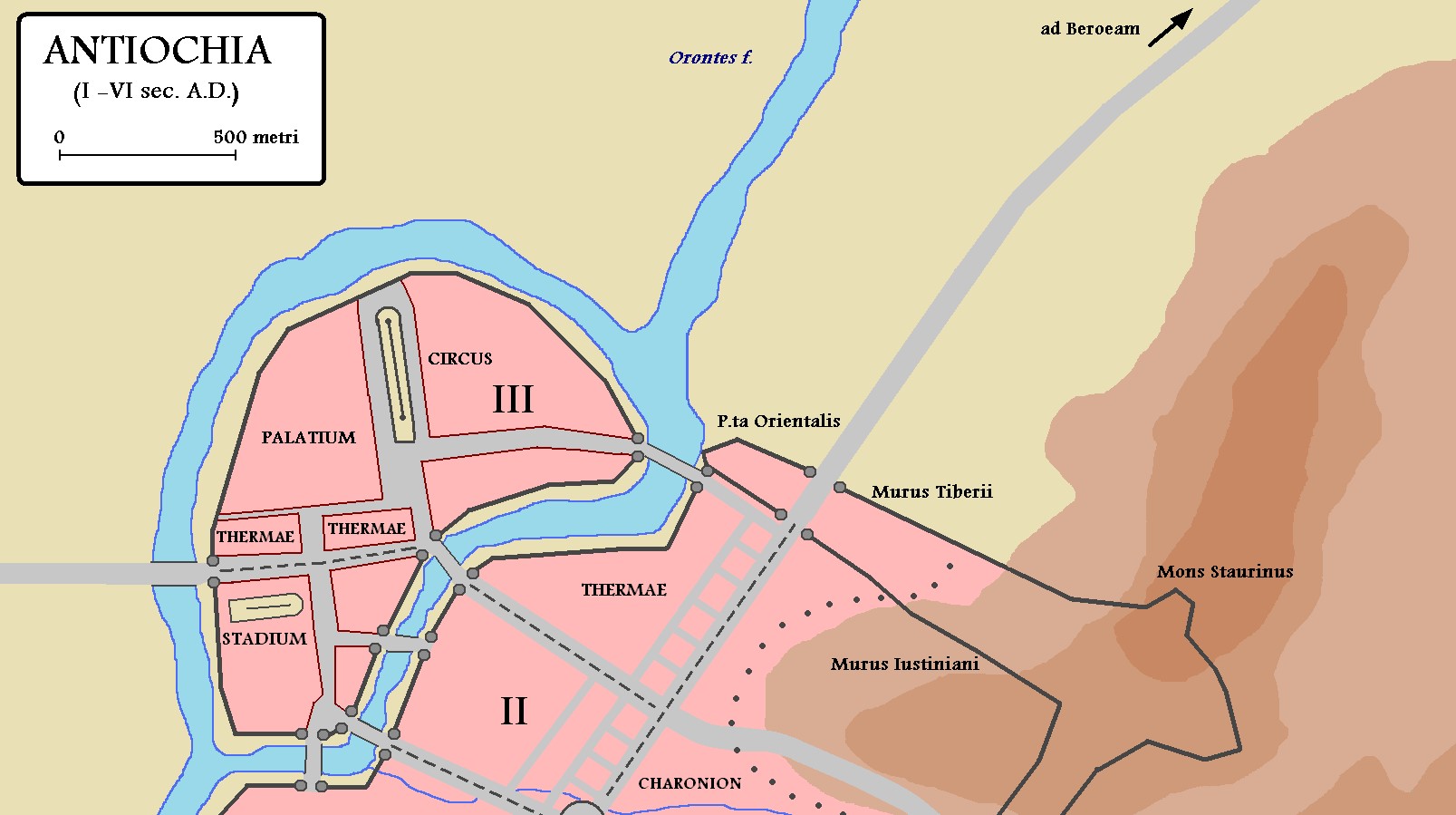
Antakya (Antioch) Earthquake on December 13, 115 had a magnitude of 7.5. The Antakya earthquake occurred in 565 A.D. There are not many details available today, but it was said to have hit on May 20. It left damage ranging between 1-24 million dollars. The earthquake caused about 250,000 deaths.
8. The Tangshan Earthquake
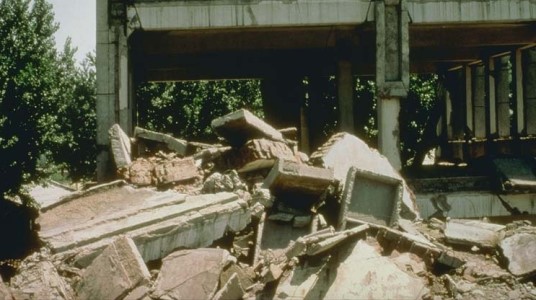
The Tangshan Earthquake also known as the Great Tangshan Earthquake, was a natural disaster that occurred on Wednesday, July 28, 1976. It is believed to be the largest earthquake of the 20th century by death toll. The epicenter of the earthquake was near Tangshan in Hebei, People’s Republic of China, an industrial city with approximately one million inhabitants. The number of deaths initially reported by the Chinese government was 655,000, but this number has since been stated to be around 240,000 to 255,000. A further 164,000 people were recorded as being severely injured. The earthquake occurred between a series of political events involving the Communist Party of China, ultimately leading to the expulsion of the ruling Gang of Four by Mao’s chosen successor Hua Guofeng. In traditional Chinese thought, natural disasters are seen as a precursor of dynastic change.
The earthquake hit in the early morning, at 03:42:53.8 local time (1976 July 27 19:42:53.8 UTC), and lasted 23 seconds. Chinese government official sources state a magnitude of 7.8 on the Richter magnitude scale, though some sources listed it as high as 8.2. It was followed by a major 7.1 magnitude aftershock some 16 hours later, increasing the death toll to over 255,000. The cause was when the 25-mile long Tangshan Fault, which runs near the city, ruptured due to tectonic forces caused from the Okhotsk Plate sliding past the Eurasian Plate.
9. Haiyuan Earthquake
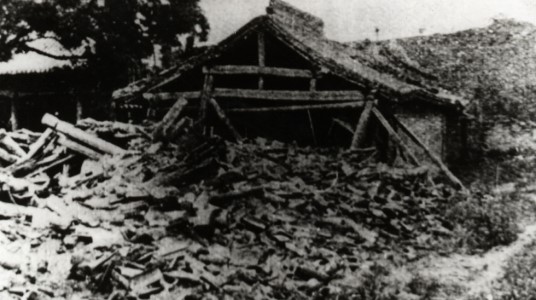
The Dec. 16, 1920 Haiyuan earthquake — which registered a 7.8 magnitude on the Richter scale — caused rivers to change course and sent landslides pouring down mountains. Destruction stretched across seven Chinese provinces. Sujiahe, a town in in Xiji County, was completely buried under a landslide. An estimated 200,000 people died in the disaster, which was felt as far away as Norway.
10. Banqiao Dam Failure
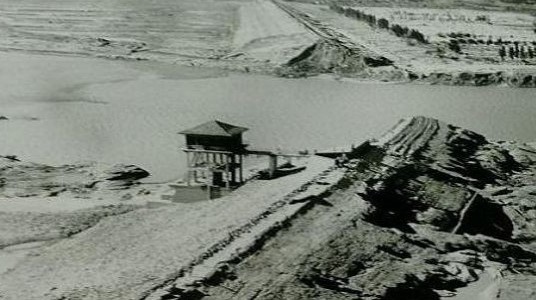
The Banqiao Reservoir Dam (simplified Chinese: 板桥水库大坝; traditional Chinese: 板橋水庫大壩; pinyin: Bǎnqiáo Shuǐkù Dàbà) is a dam on the River Ru in Zhumadian Prefecture, Henan province, China. It infamously failed in 1975, causing more casualties than any other dam failure in history, and was subsequently rebuilt. The Banqiao dam and Shimantan Reservoir Dam (simplified Chinese: 石漫滩水库大坝; traditional Chinese: 石漫灘水庫大壩; pinyin: Shímàntān Shuǐkù Dàbà) are among 62 dams in Zhumadian Prefecture of China’s Henan Province that failed catastrophically or were intentionally destroyed in 1975 during Typhoon Nina.
The dam failure killed an estimated 171,000 people; 11 million people lost their homes. It also caused the sudden loss of 18 GW of power[citation needed] , the equivalent of roughly 9 very large modern coal fired power stations or about 20 nuclear reactors, equalling about 1/3 the peak demand on the UK National Grid.
